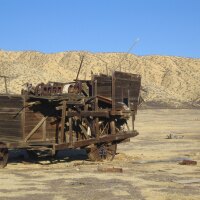'California's Serengeti': the Carrizo Plain National Monument in Pictures

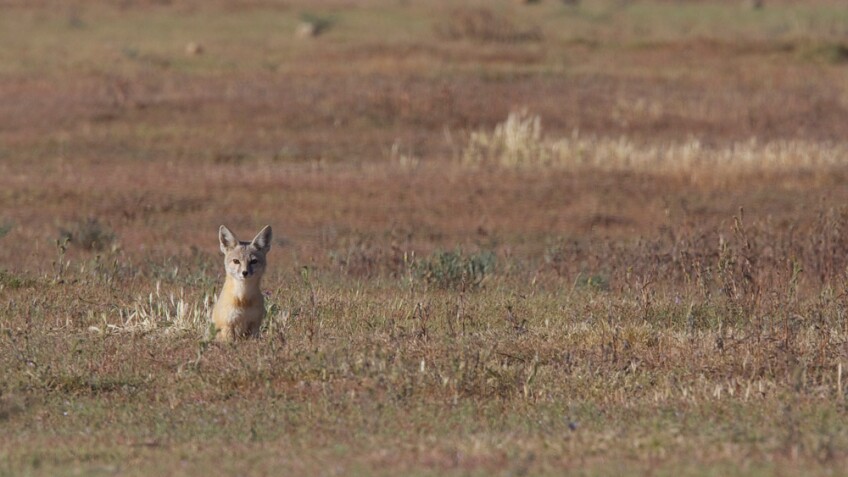
The 246,048-acre Carrizo Plain National Monument, one of six of California's National Monuments selected for an unprecedented review by Donald Trump in an April Executive Order, is the heart of one of California's least-known landscapes.
Midway between Los Angeles and San Francisco in the interior Coast Ranges, the Carrizo Plain is arid enough that some consider it a desert. Shaped by the San Andreas Fault, which runs along the valley's northeast edge, the Carrizo Plain is an island in a Central California increasingly developed for agriculture, vineyards, and suburban sprawl.
Designated in January 2001 by President Bill Clinton, Carrizo Plain National Monument is now the home of reintroduced animals such as pronghorn, tule elk, and California condors. It's also home to animals like burrowing owls and kit foxes, some of the most stupendous wildflower displays the state has to offer — at least in rainy years.
But don't take our word for it: see for yourself.

"On rainfall maps of California, all of the areas that we think of as desert are in the southeastern part of the state, save one: a dry little pocket halfway between Bakersfield and San Luis Obispo that gets about five inches of precipitation annually. This is the Carrizo Plain." — David Darlington, "In Condor Country," 1987
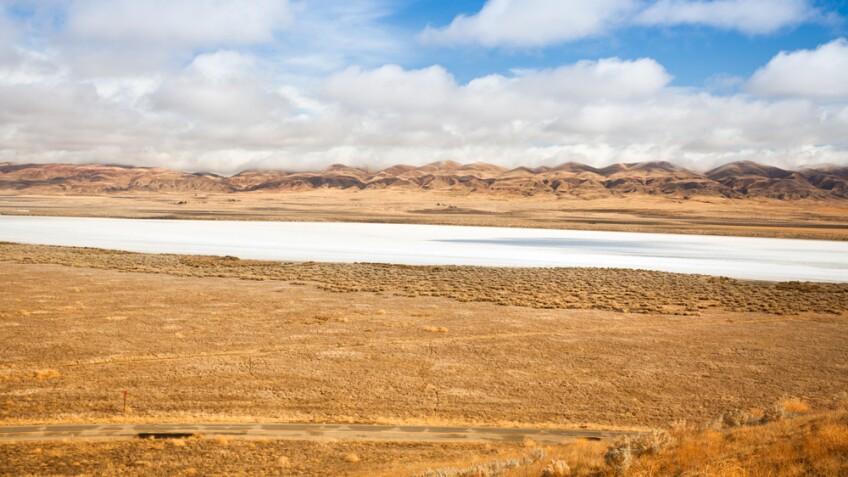

"Often referred to as 'California’s Serengeti,' [Carrizo Plain] is one of the last undeveloped remnants of the southern San Joaquin Valley ecosystem. The Carrizo Plain is critical for the long-term conservation of this dwindling ecosystem, linking these lands to other high-value habitat areas like the Los Padres National Forest, the Salinas Valley, the Cuyama Valley, and the Bitter Creek National Wildlife Refuge in western Kern County." — Los Padres Forest Watch
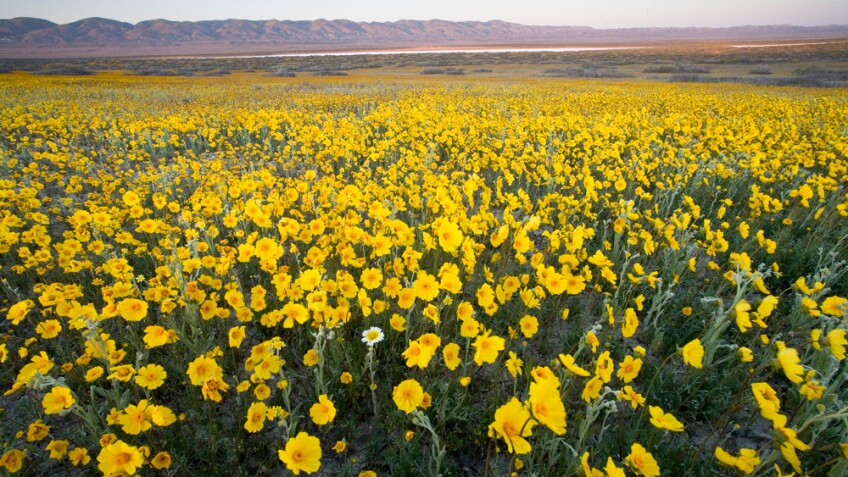

"Pronghorn in California’s San Joaquin Valley were once abundant... By the 1940s however, overhunting, disease, competition from livestock, and conversion of native grasslands… had triggered a demographic collapse and pronghorn became extirpated from the region. As part of an effort to reintroduce the species to portions of its historic range, the California Department of Fish and Game (now Wildlife) translocated over 200 individuals in 1987, 1988, and 1990 from northeastern California to areas within and surrounding what is now the Carrizo Plain National Monument." — Diego Johnson, Kathleen Longshore, Chris Lowrey, and Daniel B. Thompson in "California Fish and Game"

"[Burrowing owl] prey items on the CPNM include a variety of insects and small mammals. Based on casual observation, the majority of pellets collected during the 2002 field season were composed almost solely of insect exoskeletons. Occasionally a small bone or some fur was found in the pellets. Prey items found at nest burrow entrances during the 2002 field season included crickets, tarantulas and two unidentified insects.… when burrowing owl nests were successful on the Carrizo Plain between 1998 and 2000, productivity appeared to be positively influenced by a higher proportion of rodents in the diet." — Carrizo Plain National Monument Resource Management Plan

"A quiet local treasure, dating back thousands of years, is Painted Rock, a sandstone monolith standing forty five feet above the Carrizo Plain floor. Early native Salinan, Chumash and Yokut Indians decorated the rock with colorful petroglyphs and pictographs. Considered a sacred site, Painted Rock is still used by modern day Chumash for religious rituals." — sanluisguide.com

"We set off to explore the network of trails at the southwestern end of the park in the Caliente foothills. Although it was still raining on and off the trails were in good condition. Most of the trails throughout the park are not named; you have to be adventurous and explore to find what there is to see." — Lori Carey, Drivingline.com
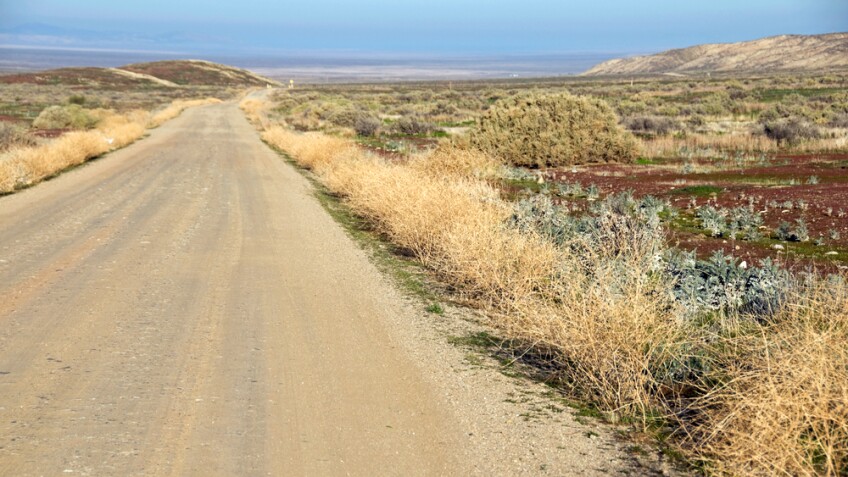
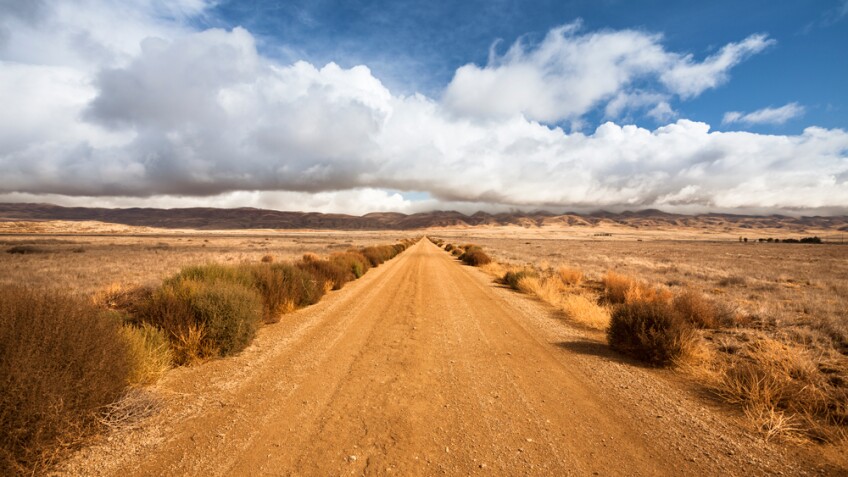
The Department of the Interior is seeking public comment on the benefits any or all of the national monuments on the chopping block. You can submit comments through http://www.regulations.gov by entering “DOI-2017-0002” in the Search bar and clicking “Search,” or send them by mail to the following address:
Monument Review, MS-1530
U.S. Department of the Interior
1849 C Street NW
Washington, D.C. 20240
The deadline for comments is July 10 for all monuments other than Bears Ears: those comments are due by May 25.

